10 Genius Picture Books for Genius Hour Kids
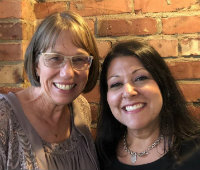 By Gallit Zvi and Denise Krebs
By Gallit Zvi and Denise Krebs
We love using picture books in our classrooms! And we don’t think they are only for primary classrooms.
In fact we have both (Denise, left; Gallit, right) spent the majority of our teaching careers teaching the middle school grades, and we have always used picture books as part of our teaching. We even used picture books regularly when we taught at the University level.
Picture books make for great hooks at the beginning of lessons – they capture our attention and get us curious about the upcoming learning. And who doesn’t love being read to?
Given our love of picture books, of course we have used them to introduce Genius Hour to students of all ages. Here are our top 10 favorites for Genius Hour classrooms and why we love them!
1. The Most Magnificent Thing
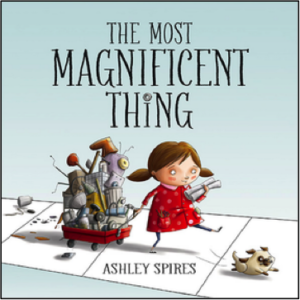
We have read this book to some groups of students right at the beginning, after introducing the concept of Genius Hour and picking topics. Or it can be saved for later and be used if you start to see your students running into problems and getting frustrated. In other words, it could be the way that you remind your class that Genius Hour can be tough work and we aren’t looking for perfection but for persistence and flexibility.
2. What Do You Do with an Idea?
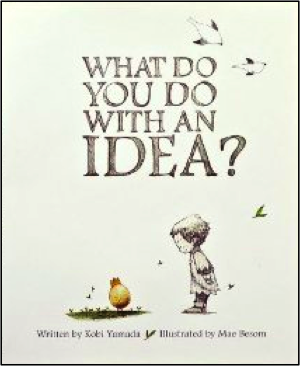
We think this picture book is perfect for teaching students that sometimes we have to take a bit of a risk with our projects and be bold and try big things, even when that takes courage.
This book would also be handy to read to your class if you feel like kids are needing some fresh inspiration after doing Genius Hour for a while. It could prompt some nice discussion about moving from inquiry based projects on topics that interest us personally toward doing a project or starting an initiative to make the world (or our school or local community) a better place!
3. What Do You Do with a Problem?
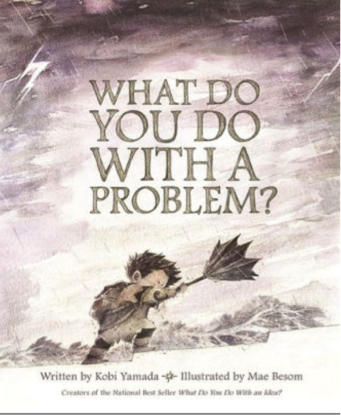
We love a good self-directed Genius Hour inquiry project based on a student’s interest or curiosity, but some of the best Genius Hour projects we have seen are ones that are rooted in the compassion that so many young people exhibit. Students might look for needs in their own communities or ways to create something new that helps others. What Do You Do with a Problem? might be the inspirational text to prompt that discussion in your classroom!
4. Rosie Revere, Engineer
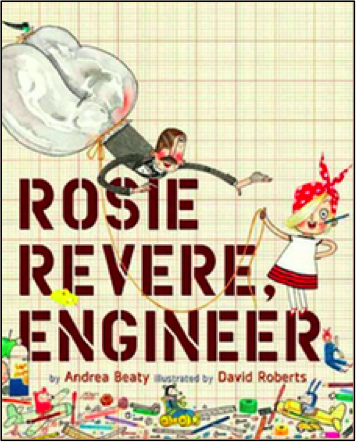
This would be a great book to read to your class when you are introducing the concept of Genius Hour. Primary teacher Johnny Zvi recommends using this book to introduce makerspace or a cardboard challenge to your class and then build off that experience and introduce Genius Hour after they have participated in some makerspace types of experiences.
5. Iggy Peck, Architect
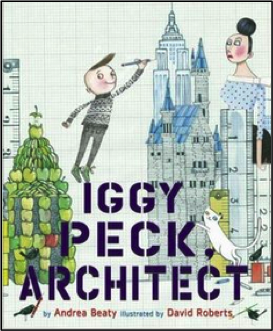
The book can also be used to share with students how sometimes our Genius Hour projects can be about building, creating or inventing something (helpful if your students are stuck on research-only types of inquiry questions).
6. Stella: Queen of the Snow
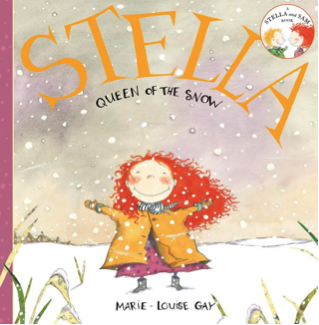
We have found this book helpful when working with students who are having a hard time differentiating between small, google-able questions and good inquiry questions that would make interesting Genius Hour projects. Gallit has used this book with younger students as well: she read the book, asked students if they thought a question was a good one, and then brainstormed ways to improve some of them. It helped students frame promising topics into good Genius Hour project ideas.
7. It’s Okay to Make Mistakes
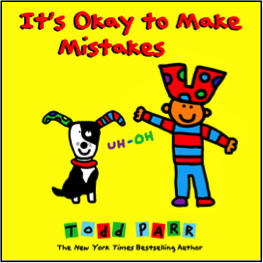
Exactly! And this is an important thing to internalize if we are going to do Genius Hour projects. You can read this book aloud to your class shortly after introducing Genius Hour as a way to talk about risk-taking and self-reflection: two important attributes of Genius Hour kids.
8. The Dot
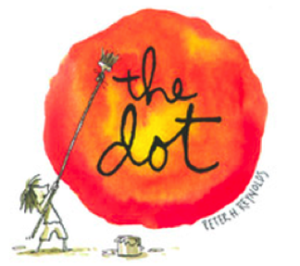
This book begins with Vashti sitting in her classroom with a blank piece of paper on her desk. Her teacher encourages her and says “Just make a mark and see where it takes you.” Vashti gives the paper a “good, strong jab” and leaves it with just the dot. She returns to the classroom on another day and finds that her teacher has framed her dot.
As the story goes on, Vashti gains the courage to take more risks in her art and begins to create more and more beautiful pieces. We have used this book at the beginning of our Genius Hour journey with our students as a way to talk about risk taking and avoiding “all or nothing” thinking as ideas and skills develop.
9. Ish
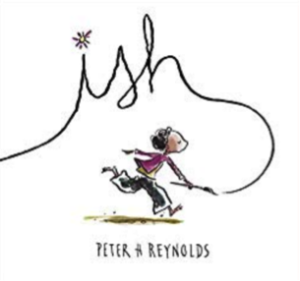
This is a fabulous book to use when discussing growth mindset and how that connects to Genius Hour. A good plan would be to save this book and then bring it out when students start to struggle or want to abandon their topic. Things don’t need to be perfect, we can all embrace the “ish.”.
10. I Want to Go to the Moon
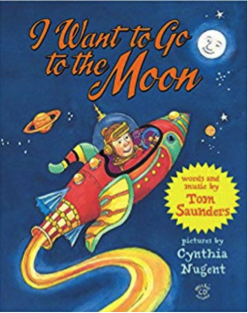
This book, which is written as a song and comes with a CD so that you can listen to author Tom Saunders sing it while you read along, is about a little boy named Neil who wants to go to the moon. Well, we are sure you can imagine the ending on your own, but Joy Kirr summarizes it nicely. She says it is a book about “How Neil Armstrong basically initiates his own Genius Hour work…all the way to getting himself to the moon.” His own Genius Hour project lived out. Inspiring stuff.
Share a Genius Hour friendly book idea
We hope that you find this list helpful and that your students love these titles as much as we do! Of course there are so many more picture books that would be great as Genius Hour read alouds. We would love to know if there are others you use to inspire students during Genius Hour. Please comment below and tell us about it.
_________________________________________
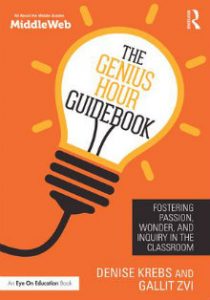
Read other Genius Hour articles by Gallit & Denise here at MiddleWeb.





























